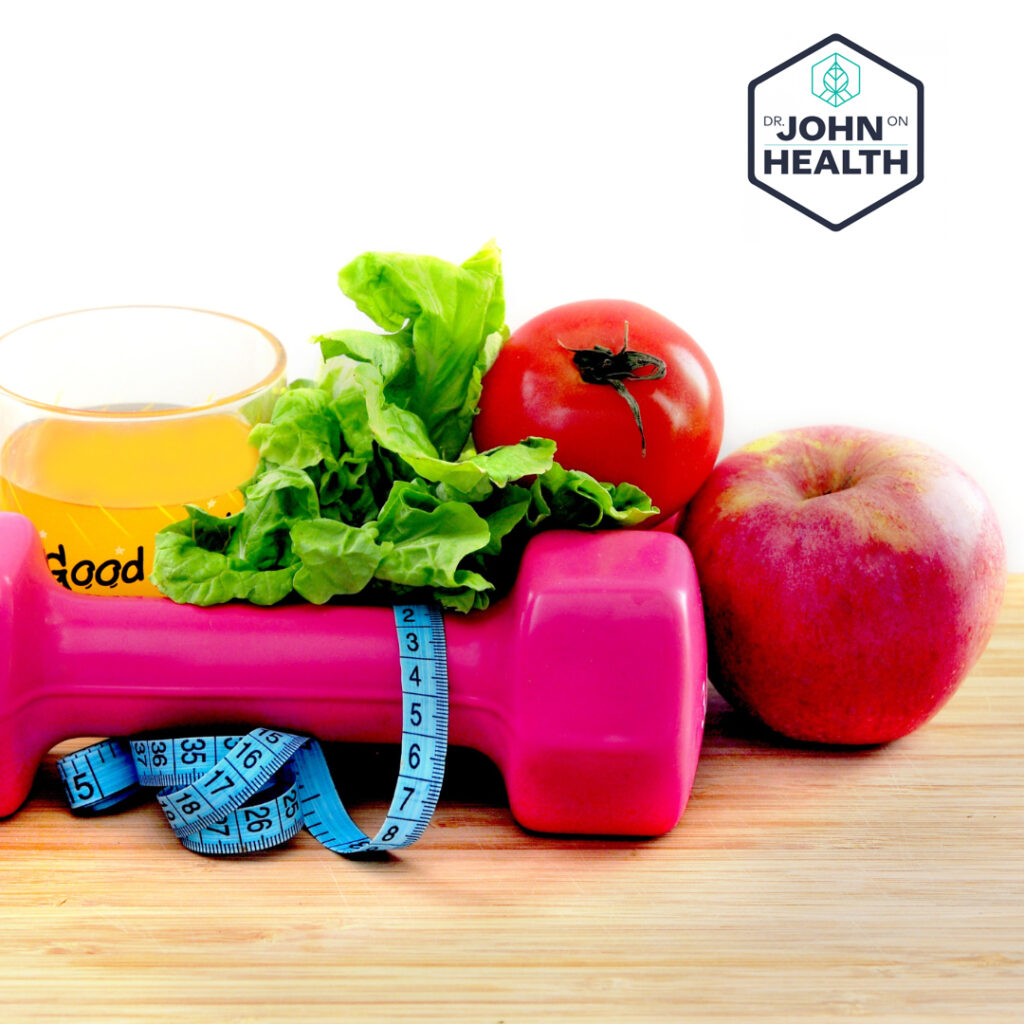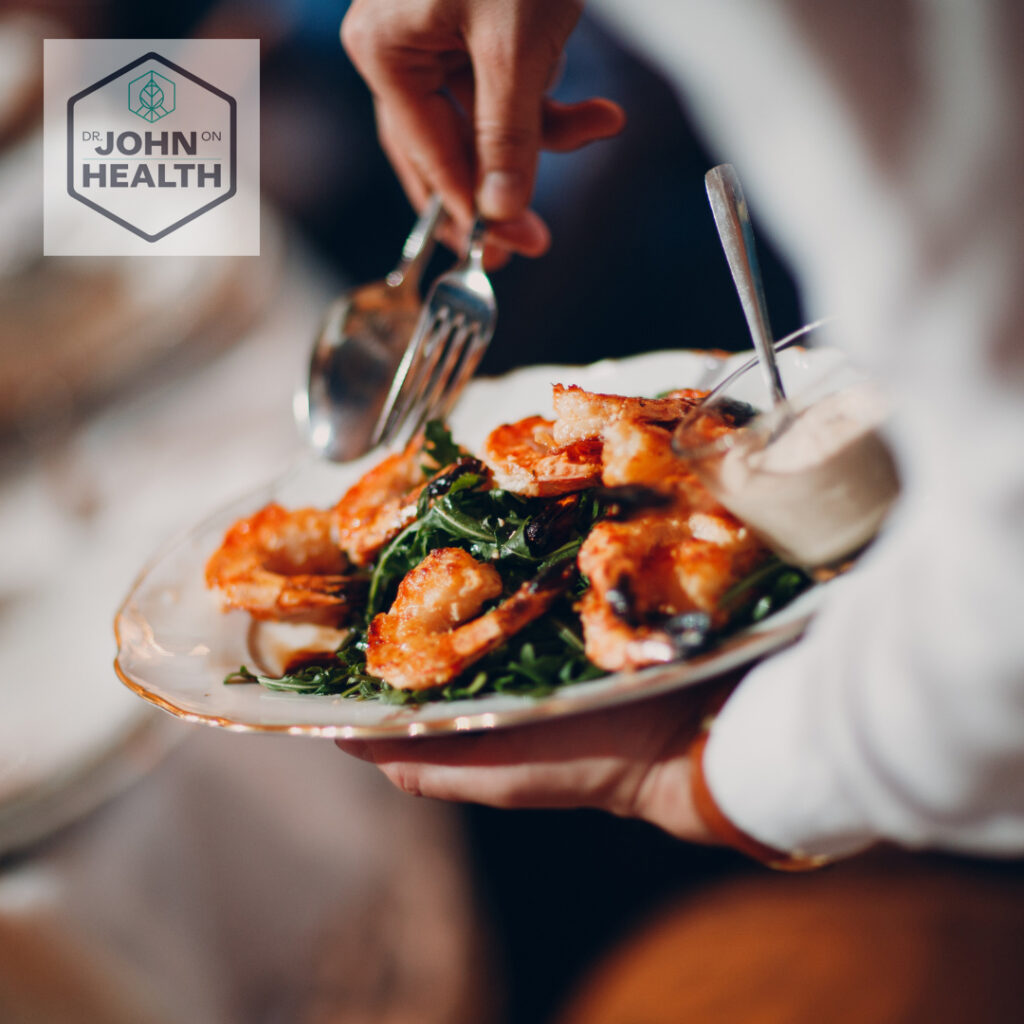This week, I am sharing an article that highlights that willpower is a finite resource—no matter how strong you believe it to be, it can run out when relied on repeatedly. Rather than struggling to muster more willpower, the piece advises creating support systems and designing environments that reduce the need for it. Instead of forcing yourself to resist habitual temptations, the strategy is to restructure your surroundings and daily routines—such as making healthier choices more accessible or removing triggers completely—so that willpower is needed less often and used more judiciously.
It’s easy to overlook the strength and discipline you already possess. Consider areas of your life where you’ve consistently demonstrated willpower:
- Punctuality at work: Getting to your job on time each day requires commitment and self-discipline.
- Financial responsibility: Paying your mortgage or rent on time each month shows financial self-control.
- Household maintenance: Cleaning your house every Saturday without fail demonstrates consistency and dedication.
These examples highlight that you already possess the willpower needed to make positive changes. By recognizing this, you can apply the same mindset to other areas of your life, such as your eating habits.

Determining the Right Portion Size
Understanding appropriate portion sizes is crucial for maintaining a balanced diet. While individual needs vary, there are general guidelines to help you gauge portions without the need for precise measurements. Frankly, it’s impossible for me—or anyone—to tell you the right portion size for you. How much you should eat changes each day based on your nutrient and energy needs.
However, there is an approach I recommend: notice how much you’re eating at each meal before you receive the signal of decreased enjoyment. Then, figure out your average amounts for different foods. Over time, you’ll learn how much you should serve yourself for each type of meal you buy or prepare.

By the way, beware of portion sizes in restaurants. At your favorite restaurant, the portions designated as “small” might conform to the concept of moderation. But keep in mind that every restaurant can—and does—differ in the size of its portions.
In addition, restaurants can simply rename their portion sizes (and change prices) to make customers believe they’re eating moderately. Worse yet, many restaurants change the appearance of their servings to make unhealthy food look healthier—or they re-label old recipes with a healthy name to fool customers.
One trick to use in restaurants is to share plates with your spouse, significant other, or friends. One of you might order a meat or fish dish while the other orders a salad entrée. You may be surprised how satisfied you are with just eating half of each of these dishes—or maybe even less!
At Home:
- Visual Cues: Use your hand as a guide: a palm-sized portion for protein, a fist-sized portion for carbohydrates, and a cupped hand for fruits or vegetables.
- Plate Method: Fill half your plate with vegetables, a quarter with lean protein, and a quarter with whole grains.
Smaller Dishes: Using smaller plates and bowls can help control portions and prevent overeating.

When Dining Out:
- Share Dishes: Consider sharing plates with a dining companion to control portion sizes and reduce calorie intake.
- Ask for Half Portions: Requesting a half portion or a children’s meal can help manage portion sizes.
- Box Up Leftovers: Ask for a to-go box when your meal arrives and immediately pack away half to avoid overeating.
By implementing these strategies, you can better manage portion sizes and make healthier choices that align with your goals.
The author of the award-winning book, Diabetes: The Real Cause and the Right Cure, and Nationally Syndicated Columnist, Dr. John Poothullil, advocates for patients struggling with the effects of adverse lifestyle conditions.
Dr. John’s books, available on Amazon, have educated and inspired readers to take charge of their health. You can take many steps to make changes in your health, but Dr. John also empowers us to demand certain changes in our healthcare system. His latest book, Beat Unwanted Weight Gain, reveals the seven most essential strategies for shedding pounds—and keeping them off for good.
Revolutionize Your Approach to Weight Loss
Award-winning author Dr. John Poothullil introduces a life-changing perspective on shedding pounds without restrictive diets. In Beat Unwanted Weight Gain, you’ll discover seven science-based strategies to take charge of your health, make informed choices, and achieve real, lasting results.
Your transformation starts now!

Unlock your body’s natural ability to reclaim health.
Dr. John Poothullil, a physician with over 30 years of Type 2 diabetes expertise, dismantles misleading pharmaceutical-first narratives and reveals how mindful diet and lifestyle changes can reverse the disease. This evidence-based guide empowers you with clear, actionable steps—no lifelong medications required. Learn how to balance nutrients, control blood sugar, and build lasting habits rooted in science. If you’re ready to beat diabetes the natural way, this book is your roadmap to lasting freedom.



